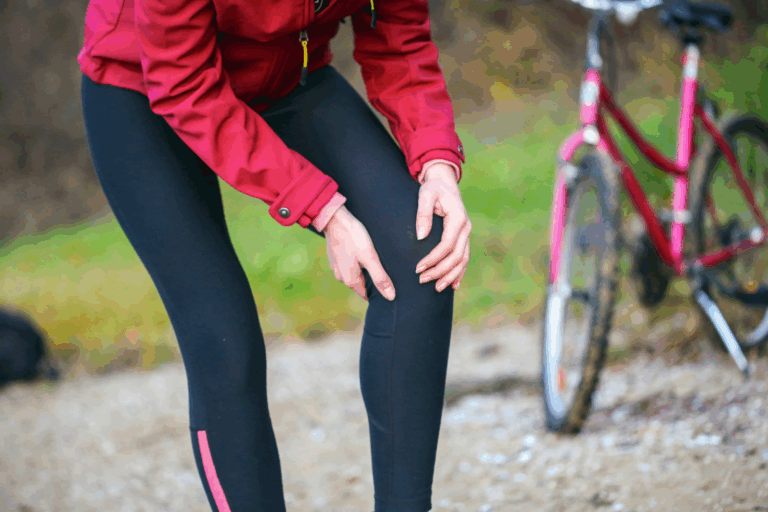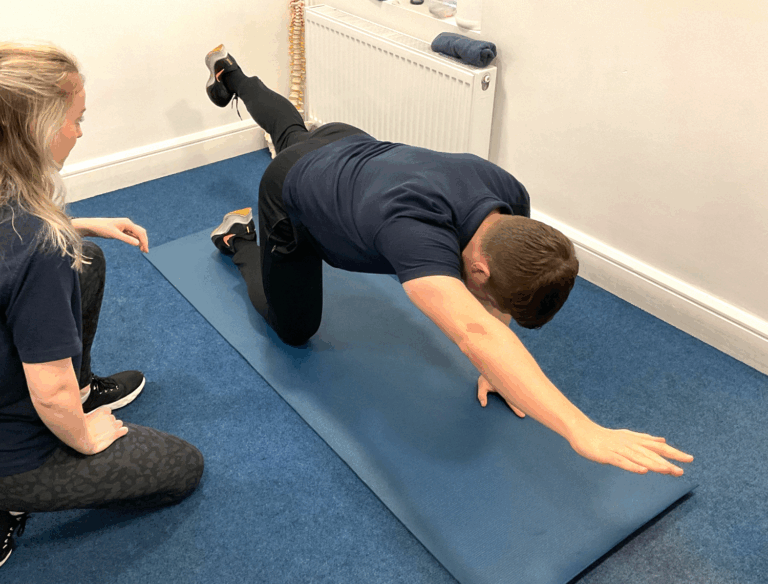Cycling Safely: Understanding Cycling Injuries and How to Treat Them
Across the globe, millions of people hop on their bikes every day—whether for fun, fitness, or simply to get from A to B. But cycling isn’t just a mode of transport; Competitive cycling dates back to the inaugural Olympic Games in 1896, and the legendary Tour de France first hit the roads in 1903. Since then, the world of cycling has exploded into a worldwide sport, reaching every continent in the world. Every year millions of euros are spent by people purchasing new bikes and equipment to give them a slightest advantage on their bike in their quest to be the next Roche or Kelly.

Risk of injury:
Unfortunately, as with every other sport, cycling comes with the risk of injury whether you commute to work, are a weekend warrior, or blaze up the roads while training or racing. Cycling can come with a risk of trauma injuries from a fall or collision with another cyclist on the road, mountain trails or BMX track. These injuries can vary but most involve the upper limbs or clavicle fracture (collar bone).
Although sometimes injuries cannot be avoided, especially the traumatic injuries, precaution can be taken to reduce the severity of the injury. Always ensure to wear a cycling helmet, use lights when cycling in the dark or dull days, follow the rules of the road and use designated cycling areas when possible.

Physiotherapy for cycling injuries:
Away from traumatic injuries, cyclists are also prone to developing overuse injuries. We would consider cycling as a repetitive sport, with a cyclist spinning their legs for hours at time. The most common site for over use is the knee, most notably the front of the knee causing Patellofemoral joint pain, then lateral knee pain and also hip pain. There are many factors contributing to these injuries, decreased muscular strength and control, training errors (too much too soon), inadequate recovery, poor hydration and nutrition. Another major cause of overuse injuries in cycling is being incorrectly positioned on your bike. Most cyclists can spend hours on their bike with little movement of the body, having the correct position is crucial for reducing the risk of injury and optimising performance and comfort.

If you want to ride comfortably and avoid injuries, a professional bike fit is
easily the smartest money you’ll spend
Incorrect bike fit:
Incorrect bike fit can lead to pain in your neck, shoulder and wrist. It can also lead to lower back pain, hip and knee pain and buttock pain. There are many adjustable variables on a bike; frame size, saddle height and tilt, handle bar height and drop and cleat positioning on the shoes. If you want to ride comfortably and avoid injuries, a professional bike fit is easily the smartest money you’ll spend.

If you are unfortunate to suffer an injury, even with the correct bike fit. Physiotherapy can help you get back to cycling and hopefully help you become an even stronger cyclist than before. Our physiotherapist will assess you as whole, not just the injured area, providing a more holistic approach when treating your injury. A robust rehabilitation programme can be put in place to build you back up and address any discrepancies in your muscle length or strength. Our physiotherapist will also discuss your training programme and how to best manage your load to avoid “too much too soon”.
You can book an appointment to discuss any cycling injuries at our Blanchardstown Physiotherapy Clinic, our Castleknock Physiotherapy Clinic or our Old Bawn Physiotherapy clinic through our website www.somertonphysio.ie, email us at [email protected] or call us on 01 9069566.
Please do not hesitate to contact us if you have any questions.
You can follow us on our Facebook page and Instagram for more updates.
